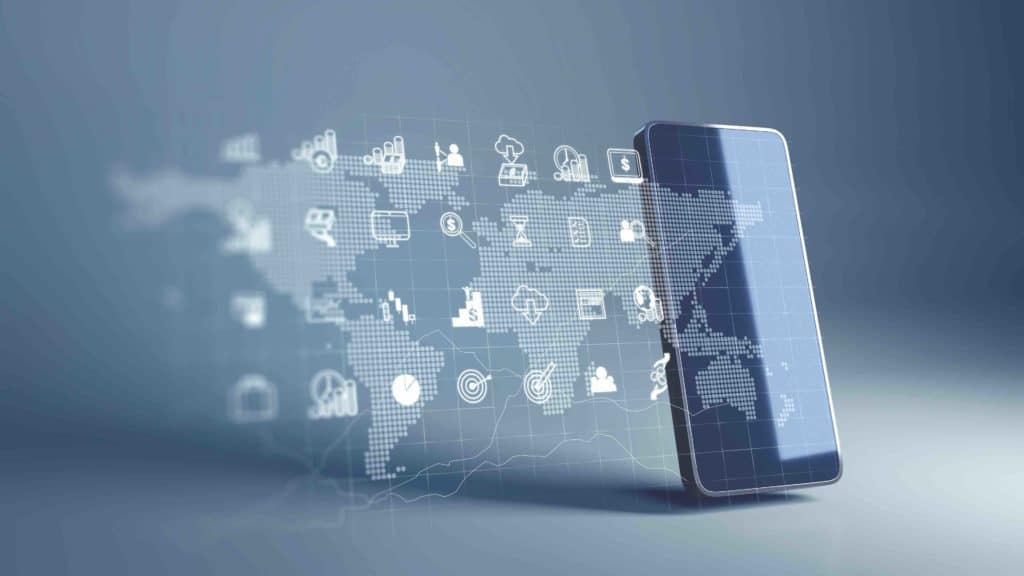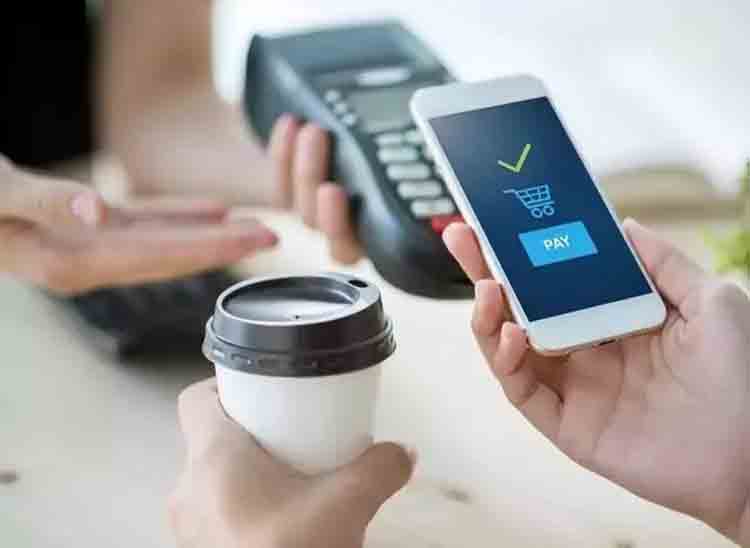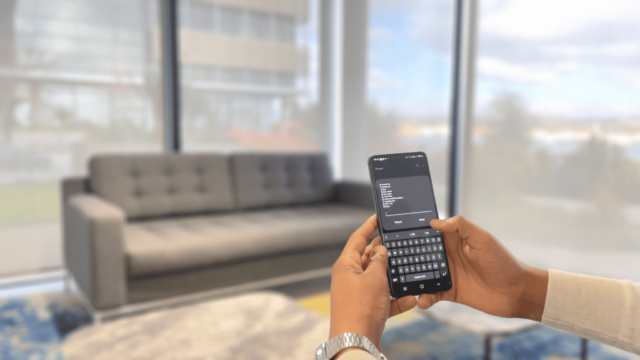Across Nigeria, a noticeable financial revolution is underway—and it’s being powered not by traditional banks, but by the humble mobile phone. A compelling new report from SBM Intelligence reveals how mobile money and Unstructured Supplementary Service Data (USSD) have driven the reach of formal financial services from 56% to an impressive 64% of the adult population between 2020 and 2023. This rise marks a seismic shift in financial access, propelled by innovation and inclusivity.
Table of Contents
Why It Matters
For decades, millions of Nigerians—especially in rural and underserved regions—have been locked out of formal finance. Traditional bank branches are scarce outside urban centres, and many households lack essentials like smartphones or internet access. Amid these barriers, mobile money and USSD stand out as accessible, affordable, and scalable solutions.
The Rise of Mobile Money
Mobile money in Nigeria has undergone rapid transformation in recent years. Between 2022 and 2023, the number of mobile money transactions soared from 714 million to 3.04 billion, a 326% spike. In terms of value, transactions reached ₦19.4 trillion in 2023 and leapt to ₦71.5 trillion in 2024. This dual surge in both usage and transaction value paints a picture of a booming digital economy.
Contributing to this boom are several core factors:
- Smartphone adoption: With smartphone penetration expected to hit 65% by 2026, more Nigerians now have access to app-based wallets and fintech innovations.
- Expansion of fintech: Companies like PalmPay have reached over 35 million users and onboarded 1.2 million businesses, processing multibillion-dollar monthly volumes.
- Diversified services: Beyond P2P payments, mobile money giants now offer savings, credit, insurance, and wealth management—expanding the ecosystem well past simple transactions.
These shifts underline how mobile money is evolving into a comprehensive financial platform, bridging the gap for users historically cut out of services offered exclusively by legacy banks.
USSD: The Offline Game-Changer
USSD Expand Financial Access by 64% in Nigeria
Reliable USSD services are pivotal to this story. Operating via shortcodes like *737# or *861#, USSD enables financial transactions on any GSM phone—no data, no internet, no smartphone required. In H1 2024 alone, Nigerians ran 252 million USSD transactions worth ₦2.19 trillion.
This channel has become a financial lifeline:
- Inclusive reach: Rural dwellers and low-income users—many of whom still rely on basic feature phones—can now transfer money, check balances, and pay bills.
- Resilience in crises: When the country faced a cash shortage in early 2024, many small traders kept businesses running by using USSD-based transfers.
- Low-cost transactions: NCC-set flat rate of ₦6.98 per 120-second session keeps USSD charges predictable and affordable.
A case in point is Lagos fruit seller Comfort Oluwaseyi, who relies on her Itel feature phone and USSD shortcode (*737#) to send payments, without the need for internet or advanced devices.
Turf War: Banks vs. Telcos
Behind USSD’s success lies a heated dispute: who should pay—the banks or telecom operators?
Originally, banks covered users’ session fees through corporate billing. But in late 2019, telecom companies pushed for a shift to end-user billing. After nearly two years of negotiations and mounting debt—with estimates ranging from ₦120 billion to ₦250 billion—regulators mandated a flat user fee of ₦6.98/session.
By mid‑2025, telecom operators announced they’d recouped 95% of outstanding debt owed by the banks, estimated at ₦180 billion—paving the way for full transition to end-user billing.
This settlement secures a more transparent and sustainable USSD framework, benefiting both customers and infrastructure providers.

Challenges on the Horizon
Despite widespread gains, significant work remains:
- Rural coverage gaps: While urban adoption of mobile money thrives, rural areas still face poor network connectivity. Only 23% of rural Nigerians have internet access (versus 57% in cities), and a robust 39.7% still rely on 2G networks.
- Rising debt risk: Though most of the USSD debt issue has been resolved, lingering liabilities still loom, threatening disruptions if unresolved.
- Regulatory adaptation: As fintech innovation continues—embracing AI, loans, insurance—regulators must evolve oversight toward cybersecurity, consumer protection, and anti-fraud measures.
What’s Ahead: Building on Momentum
Looking forward, the mobile money and USSD landscape in Nigeria is anticipated to shift toward greater inclusion and innovation:
- Smartphone expansion: 65% smartphone adoption by 2026 will turbocharge app-based wallets and fintech services
- Offline integration: PalmPay’s launch of USSD code *861# demonstrates a hybrid strategy to serve users across device types.
- AI-enhanced finance: Fintechs are deploying AI/ML to increase security, automate credit scoring, and personalise customer experience.
- Cross-sector synergies: Collaboration between mobile money firms and telcos will grow as both sectors strive to align with Nigeria’s cashless economy goals.
A Human Impact Story
Take the story of small-business owner Temidire, living in a rural town with little internet. She uses USSD and mobile money to manage funds, pay suppliers, and build financial stability. Without USSD access, her micro-enterprise—like so many others—would struggle to survive.
This human dimension highlights that, beyond GDP figures, these services are transforming lives: making savings possible, unlocking loans, and connecting families to essential economic services.

Final Analysis
In just three years, mobile money and USSD have expanded Nigeria’s formal financial access by an astounding 8 percentage points—now touching 64% of adults. As smartphone penetration climbs, services diversify, and USSD stabilises under regulated pricing, the nation edges closer to wide financial inclusion.
However, to make this a truly national transition, key challenges—digital divides, network stability, and regulatory agility—must be addressed. When these pieces align, Nigeria will have truly redefined financial access for all, using nothing more than the devices already in people’s hands.
Summary Table
| Feature | Status & Impact |
|---|---|
| Financial access growth | From 56% to 64% (2020–2023) |
| Mobile money transaction volume | +326% increase (714M → 3.04B, 2022–2023) |
| Mobile money transaction value | ₦19.4T in 2023 → ₦71.5T in 2024 |
| USSD transactions (H1 2024) | 252M sessions worth ₦2.19T |
| USSD session fee | ₦6.98/session, user-paid post-2025 |
| Smartphone penetration (by 2026) | 65% projected |
| Rural internet access | 23% vs urban 57%; 39.7% rely on 2G |
Join Our Social Media Channels:
WhatsApp: NaijaEyes
Facebook: NaijaEyes
Twitter: NaijaEyes
Instagram: NaijaEyes
TikTok: NaijaEyes








































